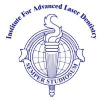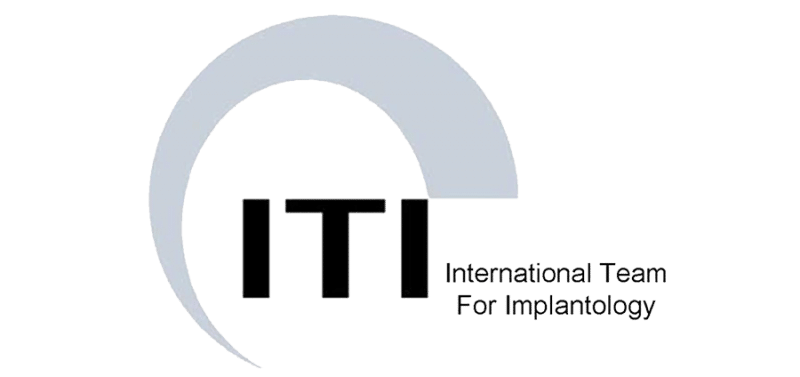A healthy mouth should have a space of no more than 2 or 3 millimeters between your gums and the base of your teeth. This space is known in dental terminology as a pocket, and gum disease increases the depth of these pockets. If the pocket between your teeth and gums deepens to 5 or more millimeters, it becomes significantly challenging to clean your teeth properly, both at home and professionally. Because these pockets are caused by gum disease, and gum disease is caused by the buildup of plaque on the teeth, the deeper the pockets become, the more plaque they can harbor and the worse your gum disease will become. Eventually, if left untreated, this progressive gum disease can lead to lost teeth. Pocket reduction surgery, also known as osseous surgery, cleans bacteria out of the pockets between a patient’s gums and teeth. During an osseous surgery san francisco procedure, your oral surgeon will cut back your gums to clean away bacteria and repair bone that may have also been damaged by gum disease.
Gum disease in its most mild form is called gingivitis. Gingivitis is localized to the gums and has not spread to the connective tissue or jawbone. Dental professionals estimate that as many as 90 percent of people worldwide have gingivitis. Gingivitis, if left untreated, can lead to periodontitis, which can damage the jawbone and eventually lead to tooth loss if not treated properly. Osseous surgery, and other surgeries used to treat gum disease, have a generally high success rate. This success rate is increased with proper after-care, including good oral hygiene, avoiding tobacco, and following your dentist’s other recommendations for post-surgical care. While osseous surgery is a safe procedure, it may cause sensitivity of the teeth, bleeding, recession of the gums, or, in extreme cases, tooth loss.
Osseous surgery, which is most often performed by a periodontist, is usually completed in about two hours. If your gum disease has been treated with antibiotics or root planing and is still progressing or has not reversed, your dentist may recommend osseous surgery. During the osseous surgery procedure, you will receive an injection of local anesthetic, to numb your gums. Once your gums are numb, your periodontist will make an incision at your gumline and then fold back the gums to clean out the bacteria that lies beneath the gums. If any of the bone that is exposed is damaged or shaped irregularly, the periodontist will smooth these areas, making them less prone to trapping bacteria. If the bone is significantly damaged, your periodontist may use a periodontal regeneration technique, such as a bone graft or a guided tissue regeneration, in which a synthetic membrane is inserted to encourage bone growth. Once the area has been thoroughly cleaned, your gums will be sewn back into place and covered with dental dressing, to manage bleeding. Most patients can return to a regular way of life within a few days after osseous surgery. Your dentist may recommend dietary changes, and you may receive a prescription for pain relievers. To ensure a sound and speedy recovery, avoid smoking while your mouth heals; talk to your dentist if you’d like to work on a smoking-cessation treatment plan. Avoid drinking through a straw while healing, and eat only soft foods for the first 48-72 hours following surgery. Avoid strenuous physical activity, change your dressing regularly, and use ice against the outside of the mouth to control swelling. You may also find relief from discomfort by using a saline oral rinse after the first day of recovery, which can also help accelerate healing.
Dental scaling and root planing remain the most effective ways to treat mild to moderate gum disease. It is imperative to adopt healthy oral hygiene habits following a dental scale and root planing, and, if you are unable to do this, you may find that your gum disease progresses even after a dental deep cleaning. In this dental deep cleaning, your dentist will scrape built-up plaque and tartar away from the gumline, and below the gumline on the roots of the teeth. Your dentist may also prescribe antibiotics to treat mild gum disease. If these methods are unsuccessful, and if you are unable to modify your habits, you may find yourself a good candidate for osseous surgery. Your dentist will assess the depths of your dental pockets to diagnose the progression of your gum disease. The best way to avoid this progression of events is to brush your teeth twice a day with a soft-bristled brush and fluoride toothpaste, and to floss daily. Visit your dentist at least twice a year for an examination and professional cleaning, and try to eat a healthy and balanced diet and avoid using tobacco. These may seem like significant endeavors, but losing your teeth is worse.
More on Osseous Surgery : Does Osseous Surgery Work?









High Quality Periodontal Care You Can Trust
When you come to Marin Contemporary Perio and Implant Concepts, you can expect a friendly and professional dental team. Dr. Seda will listen carefully to your dental goals and provide a custom treatment plan that works with your budget and needs. We want you to fall in love with your smile again, so all our services are performed with the patient in mind. We want you to feel comfortable in the dental chair, and to feel confident in our services.
At Marin Contemporary Perio and Implant Concepts, we aim to provide cutting edge perio and implant solutions in a comfortable and relaxed environment, where patients feel we put them first. Scheduling an appointment for All-on-4 Dental Implants is the first step towards being confident in your smile once again. To schedule an appointment, please contact us today at (415) 482-9901.
